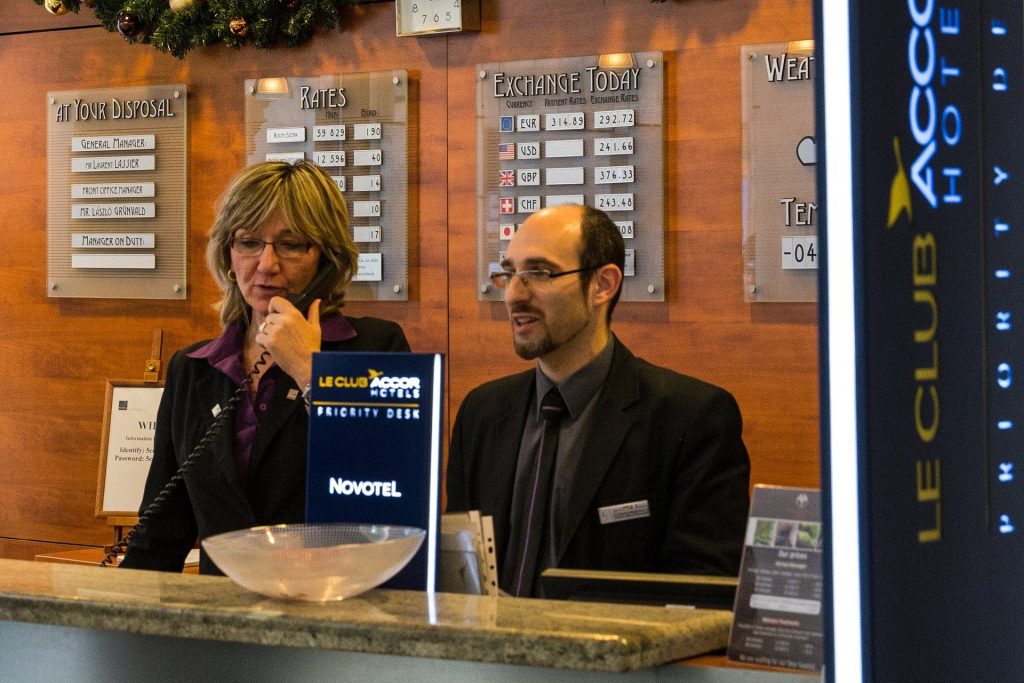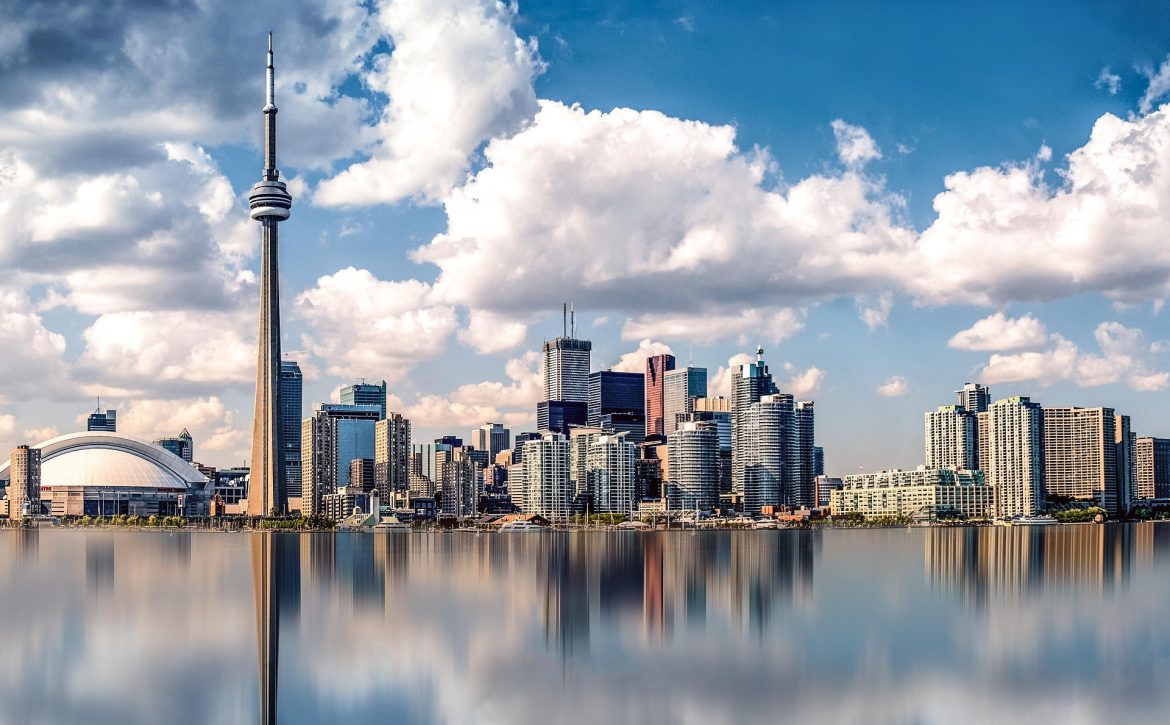We have probably all heard mixed reports of trips to work and rest during the COVID pandemic, even as borders begin to reopen and welcome travellers.
As Canada reopens, there have been many spikes in COVID-19 cases, many of them linked to hotels, restaurants, and bars. The travel industry is concerned about what the spike in cases could mean.
However, airports, airlines, hotels, and expeditionary tours have taken many measures to make travel as safe as possible in such unprecedented times.
The First Stop In Your Trip Will Be The Airport
Vancouver airport looks very different now. The number of flights has dropped dramatically, and traffic intensity has fallen by 90 per cent amidst the pandemic.
Sheets of plexiglass separate check-in counters and sanitary stations are dotted around the terminal used by masked travellers. The number of people allowed into the airport is limited, and only those who travel, work, or transport something are permitted inside the building.
Since the Canadian government has introduced temperature controls, all passengers must go through this process before boarding an aircraft. For foreign travellers coming to Canada, travellers must complete a medical form related to their 14-day quarantine plan.
To teach passengers the changes they can expect while travelling, the airport has created a multi-level program called YVR TAKEcare, designed to safely and confidently move people around the airport.
In March, a new app was launched by the provincial government. It will help provide people with the latest information and help them navigate the issues concerning the COVID-19 pandemic.
Project Phoenix is a project that aims to introduce a completely contactless biometric journey through the airport. The goal is that “every single process at the airport” uses contactless technology, ranging from face-scanning to waiting in line.
Airlines are investing in returning planes to their routes, and domestic travel has started to increase.
People are getting familiar with this new routine, and now travel is encouraged again. When people travel for work or leisure, they must know that the airport is safe, and everything has been done to support them.
14 – Day Quarantine

Any traveller arriving in Canada, whether symptomatic or asymptomatic, cannot isolate or quarantine a place where he will contact vulnerable people, such as adults 65 years of age or older and people with pre-existing medical conditions.
Upon arrival, each traveller will need to confirm that they have a suitable place to be isolated or quarantined. They should have access to basic necessities, such as food and medicine.
Travellers are expected to plan where they will be isolated or quarantined before arriving in Canada. Travellers who do not have a suitable place to be isolated or quarantined should visit a place designated by Canada’s Chief Medical Officer.
The mandatory quarantine order provides only a limited number of exceptions, particularly for those who regularly cross borders to visit regular workplaces and basic services.
On The Airplane
Jumping into an aeroplane and sitting near others can make travellers nervous, but Air Canada takes measures to limit the spread of COVID-19.
Air Canada CleanCare+ program focuses on introducing high-performance particulate filters on every aircraft that provide full airflow with every two to three minutes.
Modern aircraft are designed to continuously purify and refresh the air 20 to 30 times per hour, which is significantly more than the 5 to 10 air changes per hour that can be seen in a normal office. It is one of the main reasons why no clusters of sustained outbreaks have been reported on board the aircraft.
While on board, all crew and passengers must wear masks throughout the flight, and each passenger can expect to receive a care kit containing disinfectant wipes, gloves, a mask, and a bottle of water.
Passengers are reminded of the importance of following health authorities’ recommendations, the maximum possible physical distance, and strict observance of proper hygiene.
Checking Into Your Hotel

If travellers are looking to stay somewhere, they should check into a hotel with a separate entrance to the street. Hotels have more interior space, which means that guests communicate more with strangers.
If people want to check into a hotel, finding a room on the first floor is ideal as it minimizes the time you will spend in the elevators and the possible risk of getting infected by the virus.
It is also beneficial to have your disinfectant wipes as it should not be assumed that all the employees adequately wipe the high touch surfaces.
Beyond The Hotel
Suppose tourists go to an outdoor patio or cinema where COVID-19 transmission is possible. In that case, various factors should be considered, such as the intensity of transmission, duration of exposure, the proximity of people, and the degree of mixing—the effectiveness of masks decreases. The longer the event lasts, the closer the guests are and the transmission intensity.
While people are on vacation and work trips, they should also be cautious about social bubbles and to which extent they mix between social groups. Tourists may expose themselves to more risks than they usually do when at homes, such as going to bars or other parties.
Avoid crowded hotels, don’t eat indoors for long periods, don’t go to events early, and limit your trip to places where you can keep your distance – all of these are important considerations when planning your working or leisure trip.
Current Status Of Travel To Canada
Unfortunately, Canada has so far announced that its borders will be closed to international travelers, with some exceptions due to the COVID-19 pandemic.
Foreign nationals are prohibited from gaining entry to Canada for optional or discretionary purposes and may only enter for non-democratic purposes, have family members in Canada, or have provincial or federal exemptions to be eligible for entry and potential participation in the program.
However, you can still apply for a Visa and get in contact with a Regulated Canadian Immigration Consultant for more information.
To Sum Up
Canada has been able to level the curve to the point where it is manageable and has relatively low community transmission levels. It is now hoped that border restrictions can be lifted in the near future. The risk is low enough for Canada to consider exempting travellers from low-risk countries from the Quarantine Act.
Passengers are also required to submit a negative COVID-19 test result before boarding, which would reduce Quarantine to a more manageable level than the current 14-day time frame.
These options and all measures taken at the airport, on the plane, and in hotels make Canada an attractive place to visit for business or leisure.

